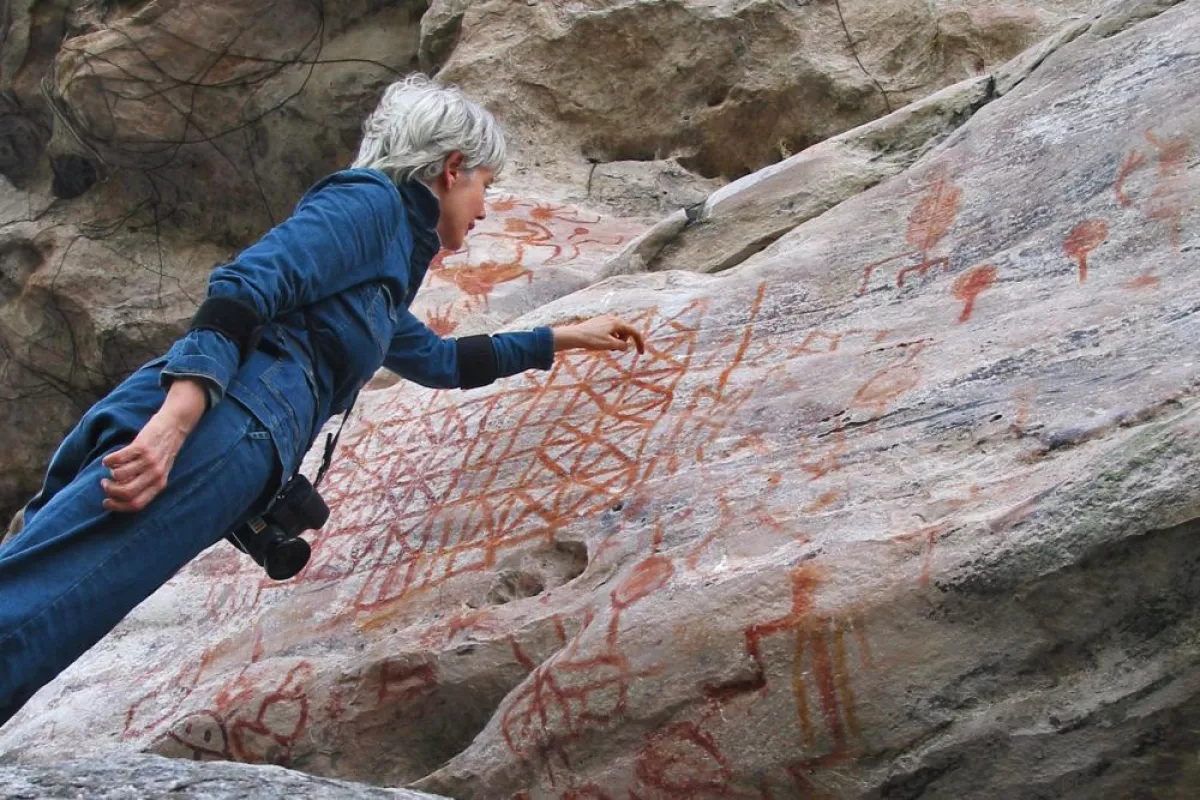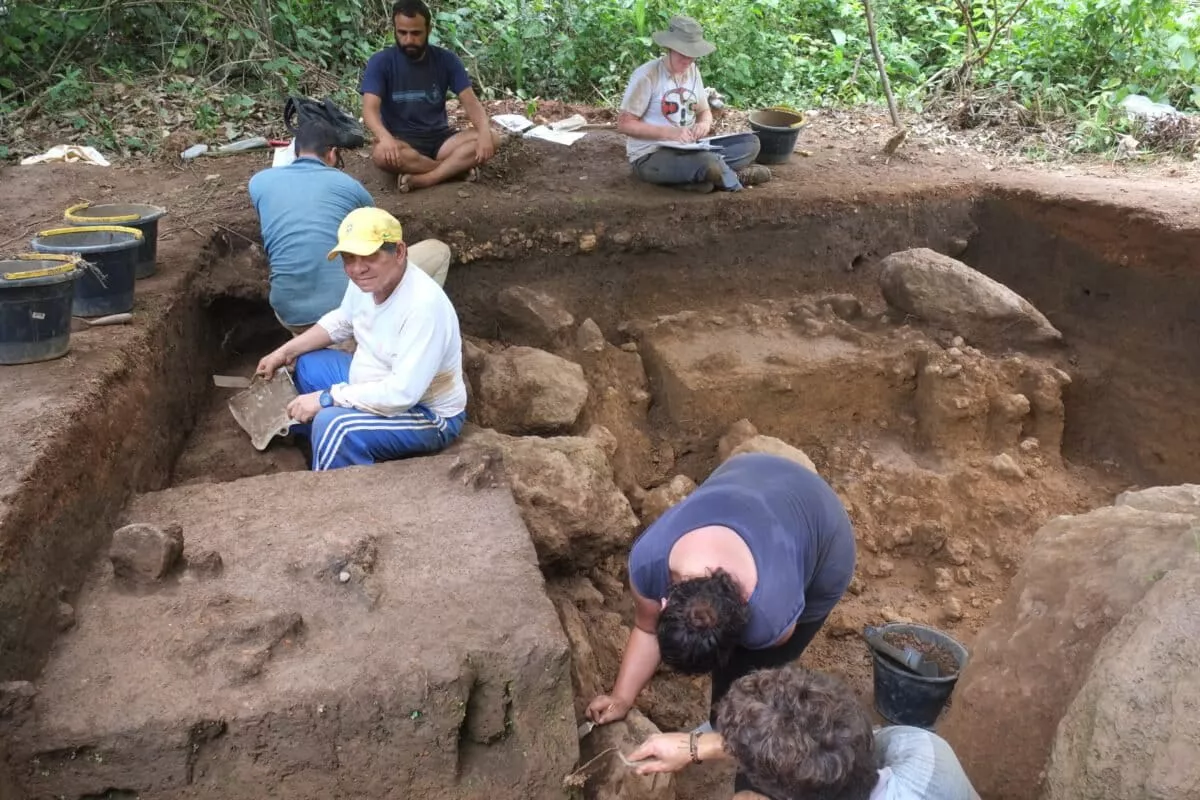How Amazonian city buried its indigenous roots Santarém’s forgotten past
In its feature story, California-based non-profit Mongabay, explored how Santarém — a city of 330,000 people in Brazil’s Amazon region — has overlooked its Indigenous history and archaeological legacy. Once the thriving homeland of the Tapajós people, Santarém today presents little evidence of its pre-colonial past.
Praça Rodrigues dos Santos, the triangular plaza where Santarém was founded, is now a neglected square filled with potholes and garbage. A weathered statue commemorates the Jesuit priest João Felipe Betendorf, who in 1661 established the mission that became the city. The plaque beneath it notes that this was once Ocara-Açu, the central terrain of the Tapajós people. Yet, as Mongabay observes, anyone passing the site today might mistake it for a parking lot.
“The city has very little eye for the past, which includes the colonial past,” says Claide de Paula Morais, professor of archaeology at the Federal University of Western Pará (UFOPA). “Considering it’s a city over 350 years old, what’s there to see [in terms of history]? Very little.”

From thriving settlements to silence
European records describe the Tapajós as a powerful community. When Spanish explorer Francisco de Orellana entered the river in 1542, he was met with fleets of canoes filled with warriors. Later visitors noted their rituals, farming, and complex social organization. But by the time of colonization, war, disease, and forced conversions had devastated them.
Archaeological findings, however, show that Santarém was once part of a network of large, interconnected settlements.
“Ocara-Açu was arguably home to some 3,000 to 5,000 people prior to the European conquest,” says archaeologist Márcio Amaral. “I believe the region may have been home to up to some 60,000 people at the time.” He stresses that these sites deserve recognition on par with the pyramids of Egypt and Mexico.
For decades, scholars assumed the Amazon was too poor to sustain complex societies. But discoveries since the 1970s — from 11,000-year-old tools in nearby Monte Alegre to the “garden cities” of the Xingu — have rewritten history. Santarém itself sits on fertile terra preta soils, created by Indigenous techniques.

German anthropologist Curt Nimuendajú, who excavated Santarém in the early 20th century, identified dozens of Tapajós settlements and uncovered the intricate ceramics now displayed in museums worldwide. Today, researchers count more than 200 archaeological sites around the city, though many have been lost to urban expansion or modern development such as the Cargill soy terminal.
Indigenous identity today
Despite this legacy, Indigenous identity in Santarém has long been marginalized.
“Since the late 1990s, there has been a gradual Indigenous reawakening,” says anthropologist Florêncio Vaz, of the Maytapu people. The 2022 census recorded nearly 17,000 Indigenous residents in Santarém, the highest number yet.
When municipal authorities sought to replace Praça Rodrigues dos Santos with a shopping center in 2022, Indigenous groups and academics successfully protested. For many, this marked a turning point.
“Perhaps, just perhaps, the next step in honoring the past will be to one day rename the plaza in the city center ‘Ocara-Açu,’” Mongabay concludes.
By Sabina Mammadli








